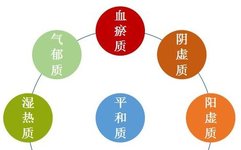The body constitution refers to the relatively stable inherent characteristics formed during a person’s life, based on both congenital endowment and acquired factors, encompassing aspects of morphology, physiological functions, and psychological states.
Classification of body constitutions: Pinghe constitution (平和质), Qi deficiency constitution (气虚质), Yang deficiency constitution (阳虚质), Yin deficiency constitution (阴虚质), Phlegm-damp constitution (痰湿质), Damp-heat constitution (湿热质), Blood stasis constitution (血瘀质), Qi stagnation constitution (气郁质), Special constitution (特禀质).
 Causes of Body Constitution Differences
Causes of Body Constitution Differences
-
Congenital Endowment: “In human life, there is softness and hardness, weakness and strength, shortness and length, Yin and Yang.” (from 《灵枢·寿夭刚顺》)
-
Acquired Factors: The three highs (hypertension, hyperglycemia, hyperlipidemia) lead to damp-heat and phlegm-damp constitutions.
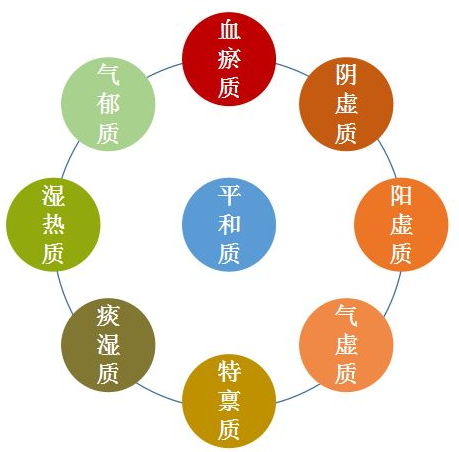
 1. Pinghe Constitution (平和质)
1. Pinghe Constitution (平和质)
-
Overall Characteristics: Harmonious Yin and Yang, balanced Qi and blood, moderate body shape, rosy complexion, and abundant energy.
-
Physical Signs: Well-proportioned and robust physique, representing a normal constitution.
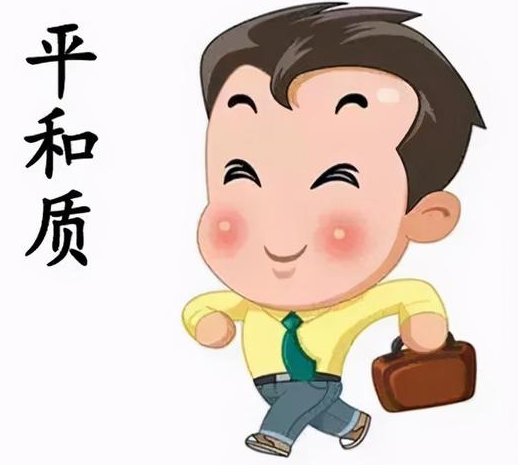
 2. Qi Deficiency Constitution (气虚质)
2. Qi Deficiency Constitution (气虚质)
-
Overall Characteristics: Fatigue, insufficient vitality, characterized by weakness, shortness of breath, and spontaneous sweating.
-
TCM Health Preservation: Tonify the middle and benefit Qi.
-
Dietary Adjustment: Consume more foods that benefit Qi and strengthen the spleen, such as soybeans, white lentils, and chicken; reduce intake of water spinach and raw radishes.
-
Exercise Adjustment: Moderate walking as appropriate.
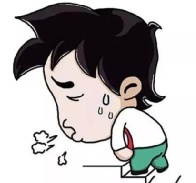
 3. Yang Deficiency Constitution (阳虚质)
3. Yang Deficiency Constitution (阳虚质)
-
Overall Characteristics: Sensitivity to cold, feeling cold in hands and feet, wearing more clothes than others.
-
TCM Health Preservation: Warm Yang and tonify Qi.
-
Dietary Adjustment: Consume more warming foods such as beef and lamb, and reduce intake of cooling foods like pears, watermelons, bananas, and water chestnuts; limit green tea.
-
Exercise Adjustment: Walking, Tai Chi, and travel; soak feet in hot water; in spring, use peach branches to tap the back for Du meridian.
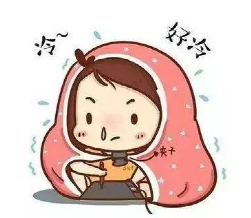
 4. Yin Deficiency Constitution (阴虚质)
4. Yin Deficiency Constitution (阴虚质)
-
Overall Characteristics: Deficiency of Yin fluids, dry mouth and throat, heat in palms and soles, constant thirst.
-
TCM Health Preservation: Nourish Yin and reduce fire.
-
Dietary Adjustment: Consume more nourishing and cooling foods such as lily bulbs, white fungus, lean pork, duck, mung beans, and winter melon; reduce intake of warming foods like lamb, beef, spicy foods, and sunflower seeds.
-
Exercise Adjustment: Suitable for Tai Chi, Tai Chi sword, and Qigong.
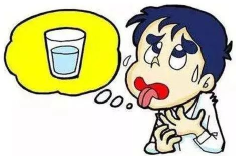
 5. Phlegm-Damp Constitution (痰湿质)
5. Phlegm-Damp Constitution (痰湿质)
-
Overall Characteristics: Obesity, large abdomen, soft and full belly; prone to sweating, often feeling oily on the face; snoring loudly.
-
TCM Health Preservation: Transform phlegm and eliminate dampness.
-
Dietary Adjustment: Focus on a light diet, consuming more winter melon, lotus leaves, and white radish, and reduce intake of rich and greasy foods.
-
Exercise Adjustment: Regularly rub hands together to warm them and massage the abdomen; due to obesity, it is easy to feel drowsy, so maintain moderate walking exercises.
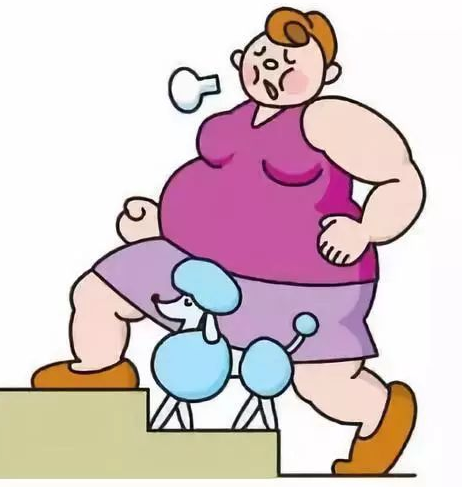
 6. Damp-Heat Constitution (湿热质)
6. Damp-Heat Constitution (湿热质)
-
Overall Characteristics: Acne, oily skin on the face and nose, prone to pimples and skin itching; often feeling bitter in the mouth and having bad breath, with a tendency to be irritable.
-
TCM Health Preservation: Clear heat and eliminate dampness.
-
Dietary Adjustment: Job’s tears, bitter tea; focus on a light diet, consuming more adzuki beans, mung beans, bitter melon, cucumber, celery, and lotus root, and reduce intake of cold and spicy foods.
-
Exercise Adjustment: Suitable for running, swimming, hiking, various ball games, and martial arts.

 7. Blood Stasis Constitution (血瘀质)
7. Blood Stasis Constitution (血瘀质)
-
Overall Characteristics: Skin spots, rough skin, many red veins in the eyes, prone to insomnia.
-
TCM Health Preservation: Invigorate blood and dispel stasis.
-
Dietary Adjustment: Consume more blood-invigorating and stasis-dispelling foods such as hawthorn, rapeseed, and peach kernels, and ensure adequate sleep. It is recommended to drink rose tea and jasmine tea, and limit intake of sour foods like persimmons and plums.
-
Exercise Adjustment: Participate in various dances, walking, and calisthenics.
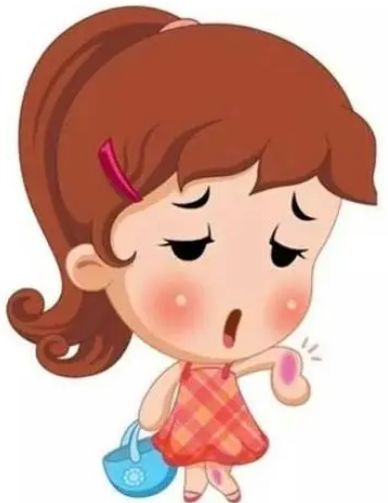
 8. Qi Stagnation Constitution (气郁质)
8. Qi Stagnation Constitution (气郁质)
-
Overall Characteristics: Lean physique, feeling depressed, low mood, often experiencing chest tightness, prone to insomnia, and frequently sighing for no reason.
-
TCM Health Preservation: Soothe the liver and relieve stagnation.
-
Dietary Adjustment: Regularly consume foods that promote Qi and relieve stagnation, such as daylilies, roses, hawthorn, and radishes, and limit intake of cold, greasy, and spicy foods.
-
Exercise Adjustment: Participate in community sports to uplift mood; massage the four acupoints, which include two He Gu (合谷) points and two Tai Chong (太冲) points.
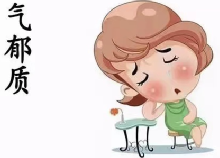
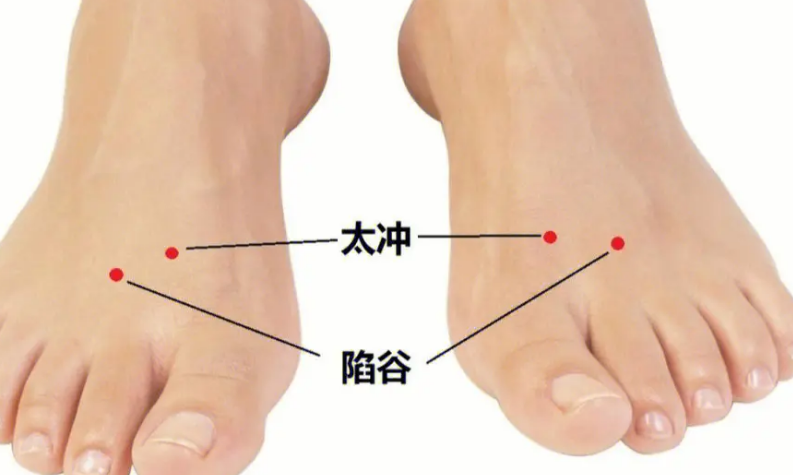
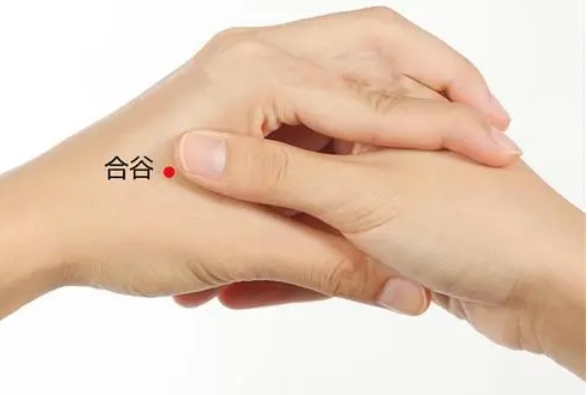
 9. Special Constitution (特禀质)
9. Special Constitution (特禀质)
-
Overall Characteristics: Allergic to drugs, food, odors, pollen, and seasons, manifested by sneezing, coughing, skin rashes, urticaria, and generalized itching.
-
TCM Health Preservation: Strengthen the exterior, nourish blood, and dispel wind.
-
Dietary Adjustment: Consume more foods that benefit Qi and strengthen the exterior, such as He Shou Wu (何首乌), Dang Gui (当归), Fang Feng (防风), Huang Qi (黄芪), and red dates; limit intake of buckwheat (which contains allergenic substances) and fava beans.
-
Exercise Adjustment: Ensure good ventilation in living spaces; maintain cleanliness indoors, and regularly wash and sun-dry bedding to prevent dust mite allergies.
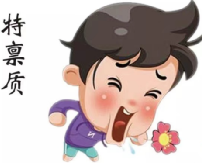
Through the above descriptions, I believe everyone has gained an understanding of the nine body constitutions. Which type do you belong to? Have you found the corresponding health preservation methods?
Proofread by: Yang Shuping
Reviewed by: Zhu Panpan
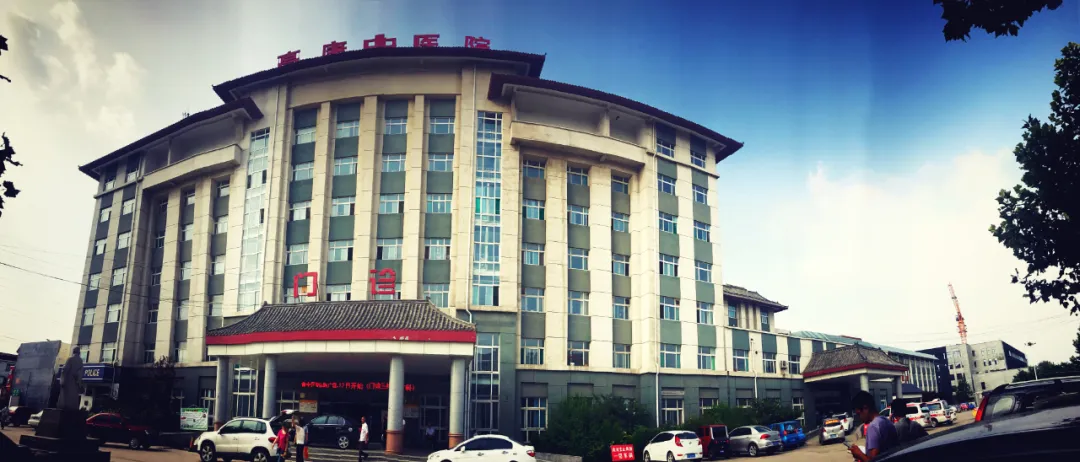
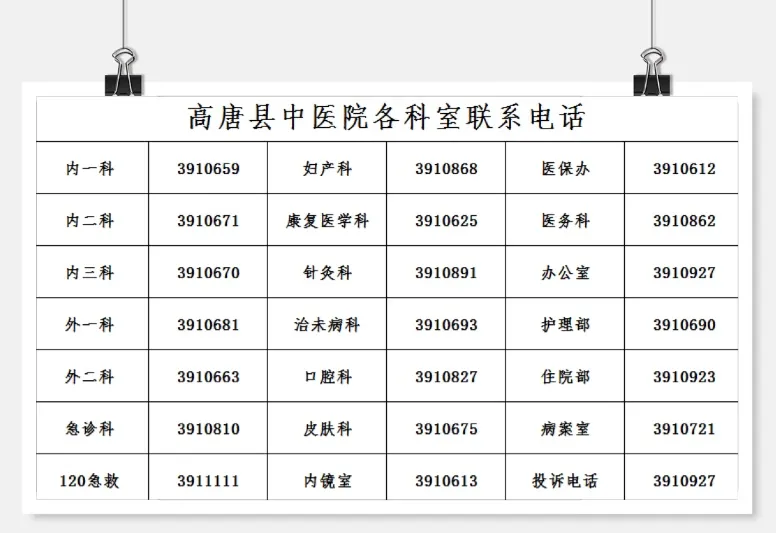
Hospital Address: 54 Dongxing South Road, Gaotang County, Shandong Province Contact Us
Gaotang County TCM Hospital Douyin ID: gtxzyy


